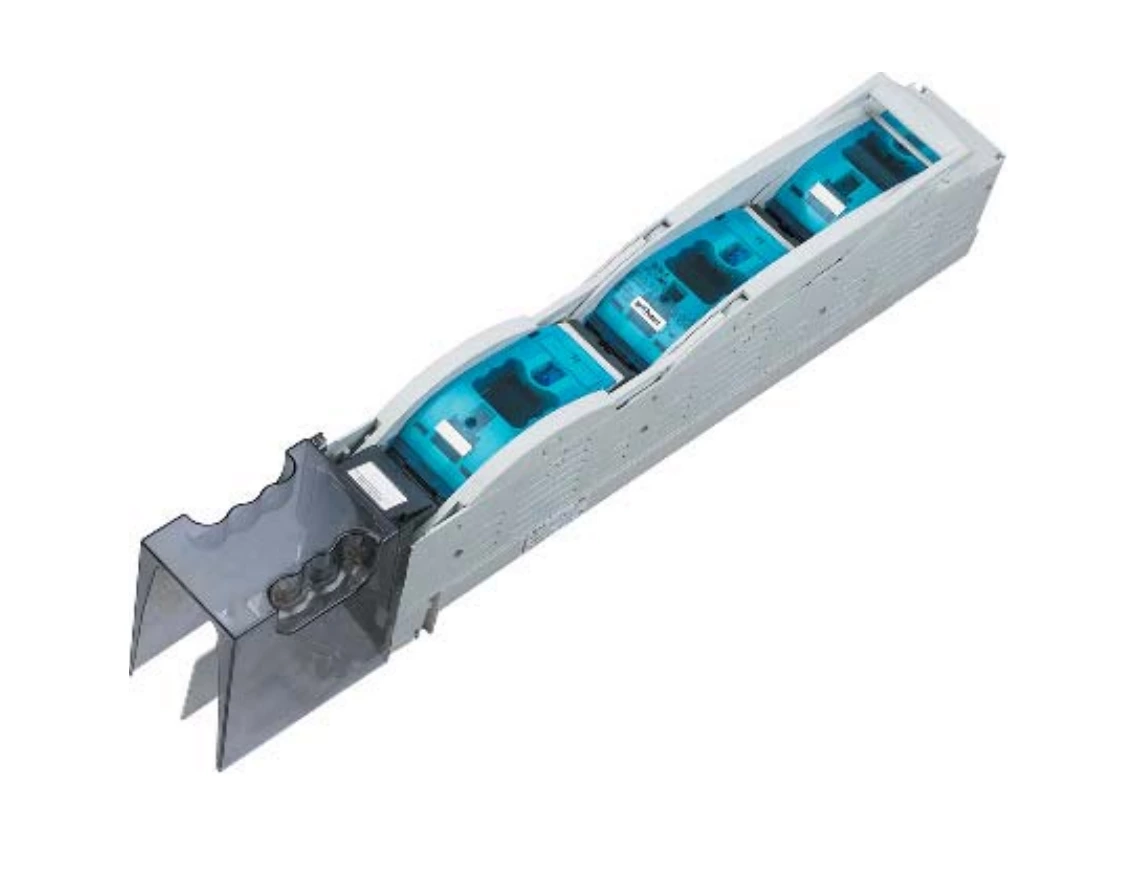The Maintenance Process Of The Vertical Fuse Disconnector Should Not Be Missed At Any Step
Any electrical equipment may have different minor faults, but as long as we pay attention to protecting it in normal times, it will reduce a lot of trouble.
1. Remove dirt from the surface of the insulator, and check for defects such as damage and cracks; the iron and gold are only firmly bonded to the porcelain parts, and the insulation resistance is qualified.
2. The conductive contact surface is flat, without oxide film, and the current-carrying part has no serious depression and rust. If there are slight burn marks, it can be repaired with fine sandpaper and then cleaned with gasoline, and then coated with a thin layer of industrial vaseline; parts that are severely burned and cannot be repaired should be replaced.
3. The contact between the knife and the static contact is tight. Check with a 0.005mm feeler gauge. The longitudinal insertion depth is not more than 5mm. The pressure of the springs on both sides is uniform, which meets the original product regulations.
4. After vertical fuse switch disconnector and the operating mechanism are inspected and adjusted, a trial operation should be carried out. When the mechanical handle reaches the end point upward, nhrt40 vertical fuse switch disconnector must reach the closing end point; when the handle reaches the end point downward, the disconnector must reach the opening end point.
After disconnection, the distance between the contact and the switch of the same pole meets the product regulations. No abnormal phenomenon that may get stuck or hinder the operation is allowed during operation.
5. The wiring terminals are in good contact and properly connected to the busbar, and the disconnector should not be subjected to mechanical stress.
6. All parts that need to be tightened on the disconnector and operating mechanism should be tightened. The operation of the auxiliary switch in the operating mechanism should be correct and reliable.
7. The following tests should be carried out after maintenance:
1) Insulation resistance;
2) Low operating voltage of the coil of the electric operating mechanism;
3) The operation of the operating mechanism, contact contact and spring pressure.

